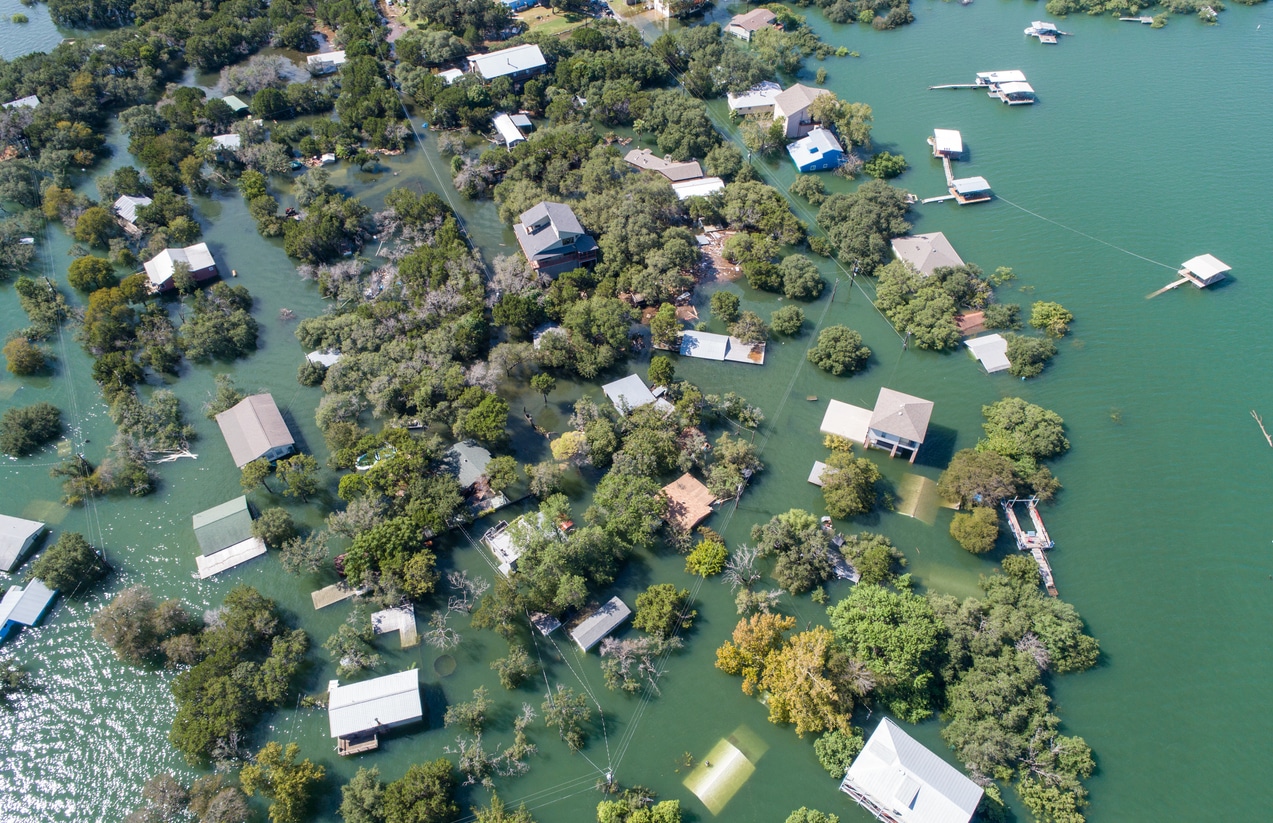"These things are happening more frequently, and they're causing more damage," said Jeremy Porter, chief research officer at First Street Foundation, a non-profit dedicated to defining climate risk in the United States.
According to the National Oceanic and Atmospheric Administration, there will be 20 separate billion-dollar natural disasters in the United States in 2021, including a deep freeze, wildfires, flooding, tornado outbreaks, and other severe weather, costing a total of $145 billion.
Experts say that the rise in costly climate events, combined with rising rebuilding costs, labor shortages, and "demand surges" following natural disasters, has resulted in higher homeowners insurance premiums.
"We're seeing dramatic increases," said Pat Howard, managing editor of Policygenius and a licensed home insurance expert.
According to a Policygenius report, 90 percent of U.S. homeowners saw their premiums rise from May 2021 to May 2022, costing an additional $134 per year on average.
Some homeowners have hidden flood risks
The average increase nationwide is 12.1 percent compared to a year ago, but surges have been higher in disaster-prone states such as Arkansas, Washington, and Colorado, according to the report.
Erosion and rising sea levels are growing concerns for clients interested in coastal properties, according to Brad Wright, a certified financial planner and managing partner of Launch Financial Planning in Andover, Massachusetts.
When considering purchasing a home along the beaches of southern Maine, for example, questions about flood risks and the cost of insuring the property always arise. They may choose another residence based on the responses.
Even so, owners may unknowingly buy or own in flood-prone areas. While the FEMA identified 8 million properties at risk of 1-in-100-year flooding, the First Street Foundation found nearly double that number in a 2020 report.
Flooding is not covered by standard homeowners insurance policies, but protection is available through FEMA or private coverage, which may be required by mortgage lenders. According to ValuePenguin, the average yearly premium is $985, but experts say the cost may be significantly higher in high-risk areas.
According to Porter of the First Street Foundation, FEMA revamped its program last October to more accurately assess flood risk, causing insurance premiums for some coastal properties to rise to $4,000 or $5,000 annually, up from $700 or $800 previously.
These increases may be prohibitively expensive for lower-income families or retirees, particularly those living in inherited property, according to Wright.
"These family houses have been around for a long time, and they may not have a mortgage, so flood insurance may not be necessary," he explained. "However, they should have it anyway."
Insuring against wildfire risk may be costly
Although wildfires are covered by standard homeowners insurance, policy premiums in fire-prone areas have also risen, according to Michael Barry, chief communications officer at the Insurance Information Institute.
"The home insurer wants to price the policy to reflect the risk," he explained.
According to Policygenius, premiums in California increased by nearly 10% from May 2021 to May 2022, owing in part to an increase in costly wildfires.
Bill Parrott, president and CEO of Parrott Wealth Management in Austin, Texas, has also noticed rising premiums in high-risk areas.
"If you move into an area prone to wildfires or flooding, that cost skyrockets because the carrier passes that on to the consumer," he explained. "That's a significant cost for a lot of people."
According to the First Street Foundation, at least 10 million properties nationwide may be at "major" or "extreme" risk of wildfire.
How to Lower Premiums in High-Risk Zones
Regardless of where you live, Barry of the Insurance Information Institute advises doing your homework before purchasing a home.
Before making an offer, you can use free tools like ClimateCheck or Risk Factor to assess a property's long-term climate risk.
According to Howard of PolicyGenius, current homeowners should ask their insurance provider about discounts for taking steps to mitigate potential damage from climate events, such as storm-proofing their home.
You can also save money by shopping around and combining your home and auto insurance policies. He claims that homeowners insurance is no longer "set it and forget it."
And, if you have enough emergency savings, Howard suggests that you consider lowering your premiums by raising your deductible.













